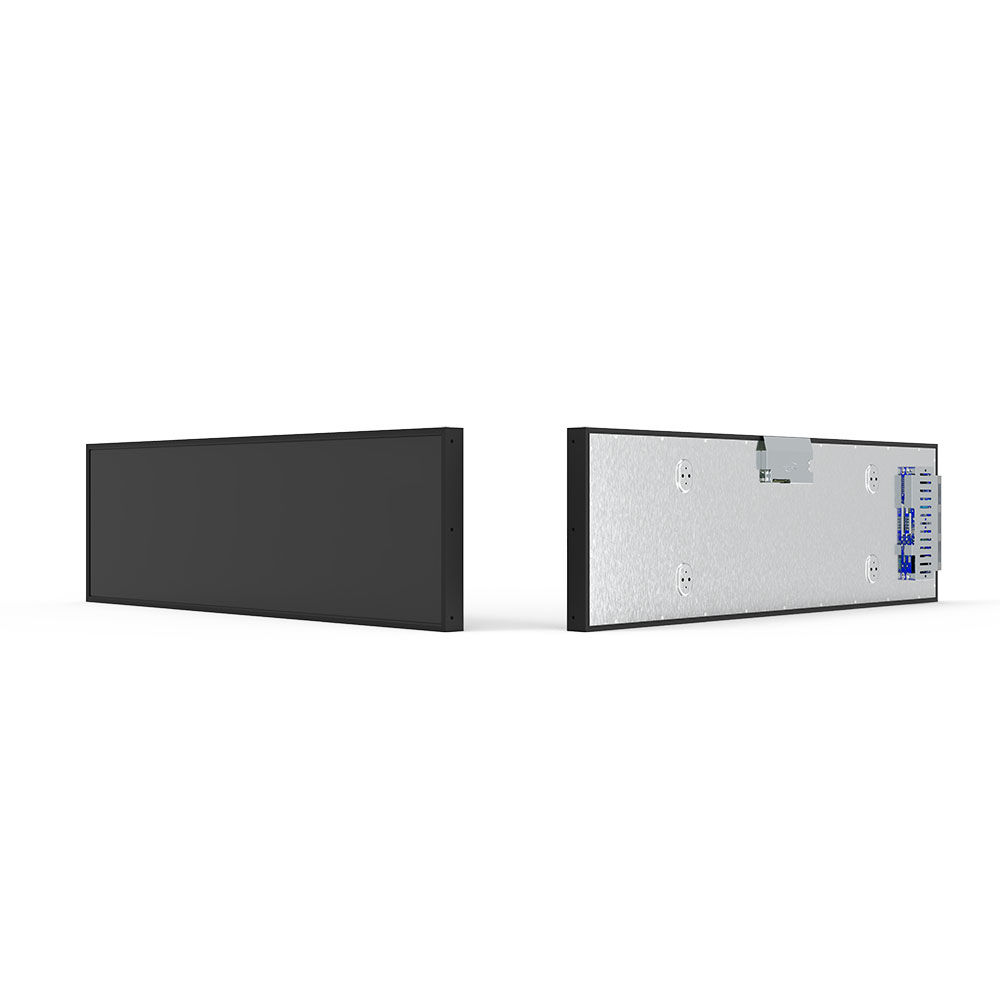- Hemsida
- Om oss
- Produkter
- Nyheter
- Videoklipp
- Kontaktinformation
- Skicka förfrågan
Sök
- Hemsida
- Om oss
- Produkter
- Nyheter
- Videoklipp
- Kontaktinformation
- Skicka förfrågan

In modern urban transit systems, real-time passenger information displays (PIDs) have become indispensable tools for improving operational efficiency, enhancing rider experience, and promoting safety. These systems rely heavily on high-brightness outdoor LCD screens—engineered specifically to operate reliably under diverse environmental conditions such as direct sunlight, rain, extreme temperatures, and humidity. According to the International Association of Public Transport (UITP), over 80% of major cities worldwide now implement digital PID solutions in their metro, bus, and tram networks, with a significant portion using outdoor-rated LCD technology.
High-brightness outdoor LCDs typically feature luminance levels between 5,000 and 10,000 nits—far exceeding standard indoor displays (250–500 nits)—to ensure visibility even under intense solar radiation. For example, Tokyo Metro’s deployment of 3,200 outdoor LCD panels across its stations uses 7,000-nit displays with anti-glare coatings and IP65-rated enclosures to prevent dust and water ingress. This design ensures that passengers can read departure times, service alerts, and emergency instructions regardless of weather or lighting conditions.
Moreover, these displays integrate with centralized control systems via Ethernet/IP or Wi-Fi protocols, allowing remote content updates, diagnostics, and energy management. In London Underground, Siemens’ PIDS system enables live updates based on GPS-tracked train locations, reducing average wait times by up to 15% and improving overall customer satisfaction scores (as reported in TfL’s 2023 Annual Service Review). The integration of edge computing modules in newer models also supports AI-based analytics—such as crowd density monitoring—to optimize station operations dynamically.

From a technical standpoint, durability is critical. Outdoor LCDs must comply with standards like IEC 60068-2 for mechanical shock and vibration resistance, and MIL-STD-810G for extreme temperature cycling (-40°C to +70°C). Manufacturers such as LG Display, Sharp, and Samsung offer commercial-grade panels certified for 100,000 hours of continuous operation—a metric vital for public infrastructure investments.
Case studies from Singapore's Land Transport Authority (LTA) further demonstrate ROI benefits: after upgrading to full-color, high-brightness outdoor displays, LTA reported a 30% reduction in passenger complaints related to unclear signage and an increase in on-time performance awareness among commuters. Additionally, energy-efficient LED backlighting reduces power consumption by up to 40% compared to older CCFL-based models, aligning with global sustainability goals.
The future of passenger information systems lies in smart integration—combining IoT sensors, cloud platforms, and AI-driven personalization. As cities grow denser and more digitally connected, high-brightness outdoor LCDs will remain central to transparent, responsive, and inclusive mobility ecosystems. Whether in Seoul’s subway tunnels or New York City’s bus stops, reliable PIDs powered by industrial-grade outdoor LCDs are no longer optional—they are essential infrastructure for 21st-century public transport.